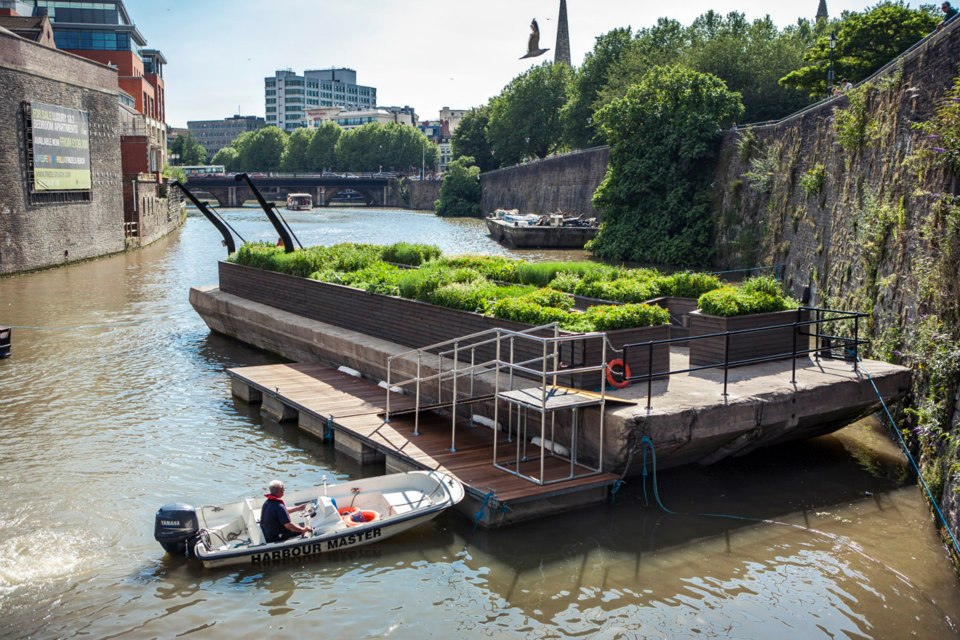I have not been sleeping well the past few weeks, but I had a great dream the other night in which someone explained to me a new conspiracy theory; in the dream, they really wanted me to investigate it.
The idea, this person explained, was that an obscure clause of the U.S. Constitution, somehow related to the regulation of commerce, requires that the federal government print two back-up copies of every dollar bill in circulation. Every one-dollar, five-dollar, twenty-dollar bill, etc., thus exists in triplicate.
What this means, the person added, was that if you know where the back-up bills are stored, you could thus steal the entire national monetary supply—twice.
I must have been excited by this, because I woke up and couldn’t get back to sleep for more than an hour—but while I was lying there, thinking about conspiracy theories, I came up with my own.
In 1973—according to my new conspiracy theory, thrown together at 3 o’clock in the morning last week—Australian researchers discovered a koala that knew how to talk. Amazed, convinced it was the scientific discovery of the decade, they filmed a whole series of long TV-style interviews with it for the Australian Broadcasting Corporation—but the tapes were immediately confiscated and never aired out of fear that anyone who saw the talking koala might panic.
However, this theory claims, the tapes still exist and are being stored in a warehouse somewhere. (Note to new readers of this blog: I do not actually believe this theory.)
Right before drifting back to sleep again that night it occurred to me that you could write a story in which someone who believes in Theory #1—that every dollar bill has two back-ups somewhere—breaks into a warehouse only, instead, to find videotape confirmation of Theory #2.
Cut to a scene of disappointed burglars sullenly sliding an old VHS tape into a machine—only for their jaws to drop in wonder at the sound of a little voice…
 [Image: From
[Image: From  [Image: From
[Image: From  [Image: From
[Image: From  [Image: From
[Image: From  [Image: Via
[Image: Via  [Image: Via
[Image: Via  [Image: Maria Thereza Alves’s Seeds of Change garden, via
[Image: Maria Thereza Alves’s Seeds of Change garden, via